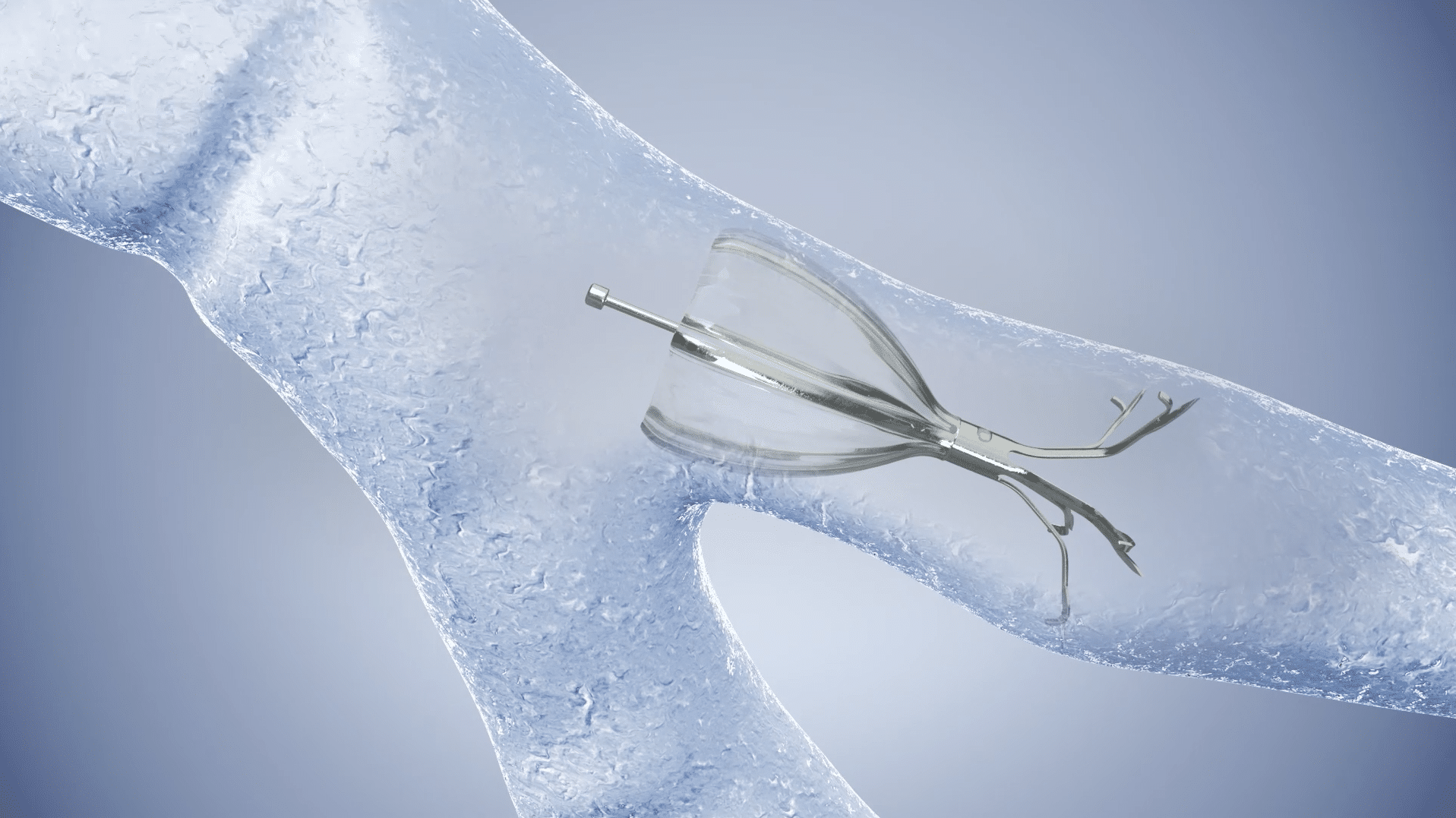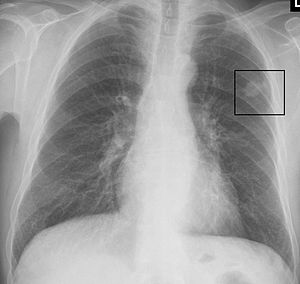
What is OSA – Sleep Apnea – and How Do I Treat It?
OSA, or obstructive sleep apnea, is the intermittent blockage of airflow during sleep. It is caused by the relaxation of muscles which support the throat’s soft tissue (i.e. the tongue or soft palate), causing the upper airway to close or narrow and thus momentarily cutting off breathing.
OSA is the most common sleep-related breathing disorder, with more than 3 million cases in the U.S. each year. It can be present in all age groups, though it increases in frequency with age and obesity. It is most common in older men, but also increases after menopause, thus resulting in similar rates between men and postmenopausal women.
Symptoms include loud, disruptive snoring – which is caused by air squeezing through the narrowed airway – and daytime sleepiness, as well as lack of clarity in the morning and poor sleep quality due to a decreased oxygen flow to the brain. Other symptoms are episodes of stopped breathing while sleeping and abrupt awakenings from sleep accompanied by gasping or choking.
If displaying any of the above symptoms, consider consulting your doctor to determine whether or not you have OSA.
Treatment for OSA focuses on reopening the airways for a clearer airflow during sleep. Your doctor might prescribe CPAP (continuous positive airway pressure) therapy as a first line of treatment, which requires wearing a face or nasal mask at night to gently deliver positive airflow to the airways during sleep. CPAP is highly effective in eliminating OSA or reducing its effects.
If it is not effective, then you might be prescribed BPAP (bilevel positive airway pressure) therapy. A BPAP machine delivers both an inhaled and exhaled pressure between breathing, meaning the pressure from the machine changes in response to each inhalation and exhalation.
Other treatments include weight loss, particularly for people with obesity – though this may not lead to remission, it will likely decrease the severity of the apnea. Other methods of reducing OSA’s effects are positional therapy via sleeping on your side (as sleeping on your back can make OSA worse) and decreasing alcohol consumption.
As a last resort option, your doctor might recommend surgery to correct OSA. Surgical candidates typically have a severe and surgically correctable lesion obstructing their upper airway. The surgical process would begin with an insertion of a laryngoscopy to illuminate and magnify the upper airway to physically examine its anatomy.
If you wish to learn more or discuss your concerns with an expert – or you simply want to “breathe better” again – call “The Lung Docs” at 423-710-3864 for an appointment. It’s one number, one call, that’s all!








